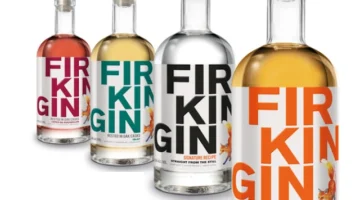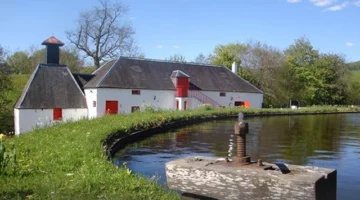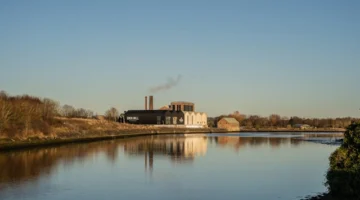What is Armagnac?
Travel Distilled explains what Armagnac is, the history of this French brandy, how and where it’s made, how to drink it and its use in cocktails and cooking.
Armagnac is a distinctive type of brandy produced in the Gascony region of southwestern France. It’s one of the oldest spirits in the world, renowned for its rich, complex flavors and deep history. This unique spirit is often compared to cognac, another type of French brandy, but it has its own unique characteristics that set it apart.
What is Armagnac’s History?
Armagnac has a storied history that dates back to the 14th century. It was initially used for therapeutic purposes, with records showing that it was used as a “water of life” to treat various ailments. However, over time, its rich, warming flavor gained popularity as a drink. The spirit is named after the Armagnac region in Gascony, where it has been produced for centuries.
The production of Armagnac has been a significant part of the region’s economy and culture for hundreds of years. Despite the rise of industrial production methods, many Armagnac producers still adhere to traditional methods, preserving the spirit’s unique character and heritage.
How is Armagnac Made?
Armagnac is made from distilling white wine, typically made from four types of grapes: Ugni Blanc, Colombard, Folle Blanche, and Baco Blanc. The distillation process is unique, using a column still rather than the pot stills used for Cognac. This single distillation results in a lower alcohol content, allowing for a fuller flavor profile.
After distillation, the spirit is aged in oak barrels. The aging process can last anywhere from a few years to several decades. The longer the Armagnac ages, the more complex and refined its flavors become. The color of the spirit also deepens with age, turning from a pale gold to a deep amber.
Where is Armagnac Made?
Armagnac is exclusively produced in the Armagnac region of Gascony in southwestern France. This region is divided into three distinct zones: Bas-Armagnac, Tenarèze, and Haut-Armagnac. Each zone has its unique soil composition, which contributes to the distinct flavor profiles of the Armagnac produced there.

Bas-Armagnac, known for its sandy soil, produces Armagnac with a delicate, smooth flavor. Tenarèze, with its clay and limestone soil, produces a more robust, full-bodied Armagnac. Haut-Armagnac, the least productive of the three zones, has a limestone-rich soil that produces a lighter, more floral Armagnac.
What is Armagnac’s Cultural Significance?
Armagnac holds a significant place in French culture. It’s often enjoyed as a digestif after a meal and is a staple at celebrations and gatherings. The spirit is also celebrated for its longevity, with some bottles aging for over 50 years.
In Gascony, the production of Armagnac is a cherished tradition, with many distilleries still using methods passed down through generations. The spirit’s deep roots in the region have led to its recognition as a part of France’s cultural heritage.

How and When to Drink Armagnac
Armagnac is traditionally served neat, in a tulip-shaped glass or a balloon snifter. The narrow top of these glasses concentrates the aroma, enhancing the tasting experience.
While Armagnac can be enjoyed at any time, it’s traditionally served as a digestif after a meal. The spirit’s rich, warming flavors are thought to aid digestion. Some also enjoy Armagnac with a coffee or a cigar.
 For those new to Armagnac, it’s recommended to start with a younger, less expensive bottle. As you become more familiar with the spirit’s flavors and characteristics, you can explore older, more complex Armagnacs.
For those new to Armagnac, it’s recommended to start with a younger, less expensive bottle. As you become more familiar with the spirit’s flavors and characteristics, you can explore older, more complex Armagnacs.
Armagnac in Cocktails and Cooking
While Armagnac is often enjoyed on its own, it can also be used to add depth and complexity to cocktails. Classic cocktails like the Sidecar or the French 75 can be made with Armagnac instead of Cognac or gin, giving a unique twist to these traditional drinks.
In cooking, Armagnac is used to flavor a variety of dishes. It’s often used in sauces, marinades, and desserts. The spirit’s rich, complex flavors can enhance the taste of meats, poultry, and even fruits. For example, it’s commonly used in the preparation of prunes, a specialty of the Armagnac region.
Conclusion
In conclusion, Armagnac is a versatile spirit with a rich history and a unique production process. Whether you’re sipping it neat after a meal, mixing it into a cocktail, or using it to enhance your cooking, Armagnac offers a unique and enjoyable experience. Its deep roots in the Gascony region and its continued adherence to traditional production methods make it a true testament to the rich heritage of French spirits.













